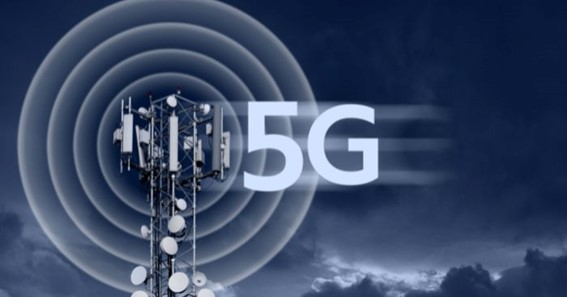In cellular networks, 5G is the next generation after 4G. 5G networks are faster and more responsive than ever before, with peak speeds that can reach up to 10 gigabits per second. 5G also has much lower latency than 4G, meaning that there is virtually no delay when transmitting data. This makes 5G ideal for applications that require real-time response, such as virtual reality and gaming.
What is 5g?
We are entering the era of the next generation of mobile networks. 5G is the next big thing in wireless, promising faster speeds, lower latency, and more capacity than ever before. How does 5G work, and what does it do? Here’s everything you need to know: what is 5G?
5G is the fifth generation of wireless technology. It promises speeds up to 100 times faster than current 4G networks, with latency (the time it takes for data to travel from one point to another) that is 10 times lower. 5G also offers more capacity and can handle more devices than any previous generation.
5G technology is still in its early stages, with commercial networks only beginning to roll out in 2019. However, 5G is already having a transformative effect on the way we live and work. Here are some of the key ways that 5G is set to change the world:
Increased mobile broadband speeds: 5G offers significantly faster speeds than 4G, with peak speeds of up to 10 gigabits per second. This means that users will be able to download large files, stream high-definition video, and play online games with ease.
Lower latency: One of the biggest advantages of 5G is its lower latency. Latency is the delay between when data is sent and when it is received. 5G networks have latency that is less than one millisecond, which is virtually unnoticeable. This is a major improvement over 4G networks, which have latency of around 20 milliseconds.
More reliable connections: 5G networks provide better connection reliability than 4G networks. They are able to maintain a strong connection even in areas with high congestion. This is because 5G networks use a technology called carrier aggregation, which allows them to bond together multiple carriers.
Improved battery life: One of the biggest concerns with 5G is its impact on battery life. However, early tests have shown that 5G actually improves battery life. This is because 5G uses less power than 4G when transmitting data.
Increased capacity: 5G networks are designed to be able to handle a much higher volume of traffic than 4G networks. This is because 5G uses a technology called massive MIMO, which allows it to use more spectrum and transmit data more efficiently.
Click here – OH MY PRETTY: Complete Guidance About The Glueless Lace Front Wigs
How does 5G work?
5G uses a combination of new spectrum (the radio frequencies that carry data), new antenna technology, and new infrastructure (the towers and base stations that transmit and receive data).
The new spectrum being used for 5G is in the high-frequency range, which has more capacity than the low-frequency spectrum used by 4G and earlier generations. But high-frequency waves don’t travel as far as low-frequency waves, so 5G base stations will be much closer together than 4G base stations. In some cases, they may even be attached to streetlights or buildings.
To overcome the challenges posed by the high-frequency spectrum, 5G uses a technology called beamforming. Beamforming focuses the radio waves in a narrow beam, rather than broadcasting them in all directions. This allows the waves to travel further and penetrate obstacles like walls and windows.
5G also uses a technology called Massive MIMO (multiple input, multiple output). Massive MIMO uses dozens or even hundreds of antennas to send and receive data. This allows more data to be transmitted and received at the same time, further increasing capacity.
What are the benefits of 5G?
The benefits of 5G are many and varied. The increased speed and capacity will enable new applications and services that simply aren’t possible with current 4G networks. Here are some examples of applications that are promising:
– Augmented reality and virtual reality
– Connected cars
– Smart cities
– Telemedicine
– Industrial internet of things
The fifth-generation wireless technology, or 5G, is the latest and greatest in wireless networks. 5G is faster, has more capacity, and is more energy-efficient than its predecessors. Here are three benefits of 5G technology:
Increased Speed
One of the most obvious benefits of 5G technology is its increased speed. 5G networks are capable of speeds up to 10 gigabits per second, which is 10 times faster than 4G LTE networks.
Click here – Does Your Next Phone Really Need 5G?
More Capacity
5G networks can handle up to one million devices per square kilometer, which is 10 times more than 4G networks. This increased capacity will be especially beneficial in densely populated areas where 4G networks have been strained.
More Energy-Efficient
5G technology is also more energy-efficient than its predecessors. 5G networks use less power than 4G networks, which means that they can be used for longer periods of time without needing to be recharged. Additionally, 5G networks generate less heat than 4G networks, which makes them less likely to overheat and damage equipment.

